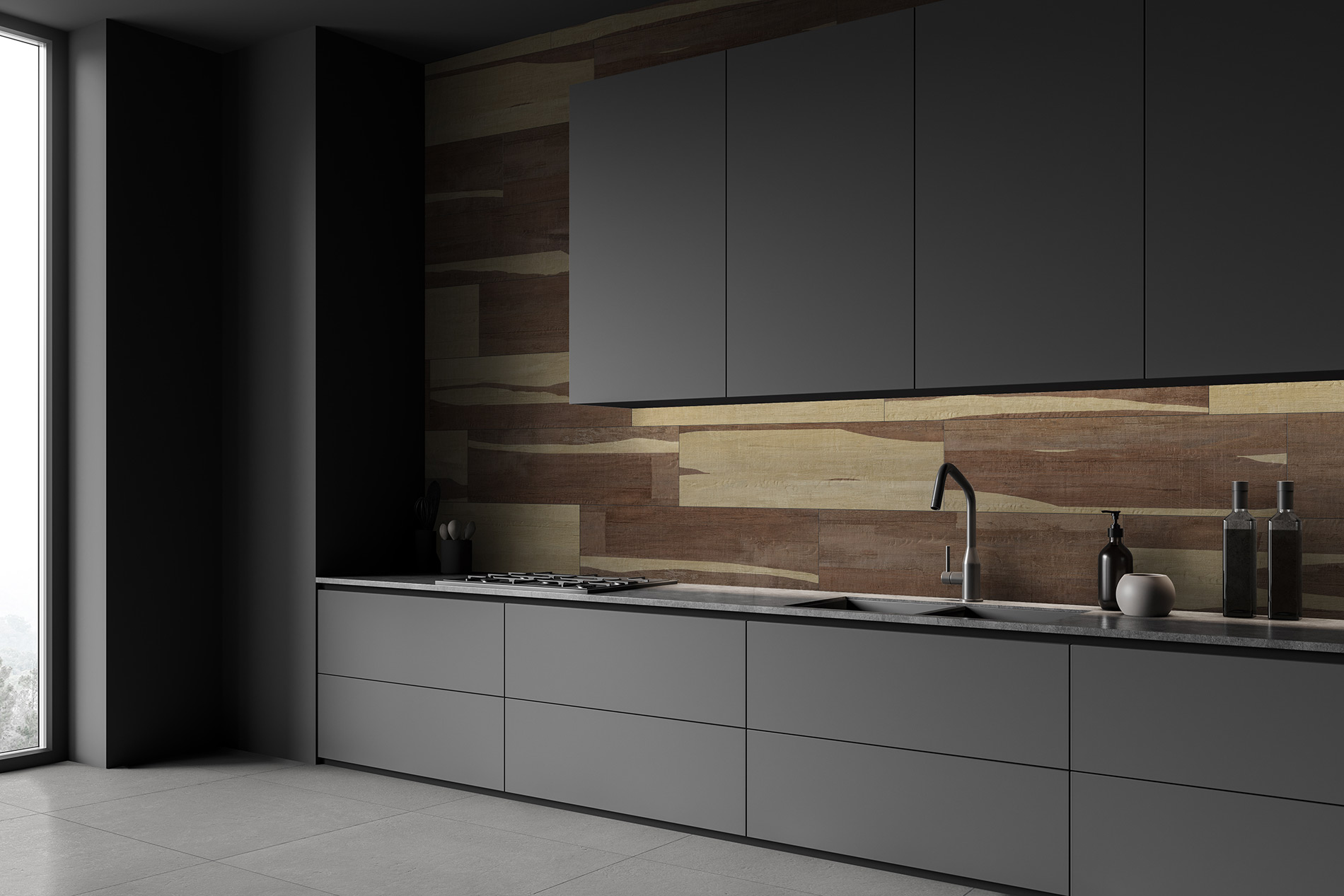
Tiles Design for Kitchen Floor: A Complete Guide to Choosing the Perfect Style
The kitchen is often referred to as the heart of the home, where delicious meals are prepared, families gather, and memories are created. As one of the busiest spaces in the house, the flooring plays a crucial role in defining both functionality and aesthetics. Among the various flooring options available, tiles remain a top choice for kitchen floors due to their durability, water resistance, and diverse design options. If you're planning to renovate or design your kitchen floor, this guide will help you explore the best tile designs to enhance both style and practicality.
Factors to Consider When Choosing Tiles Design for Kitchen Floor
Before diving into tile designs, it's essential to understand the key factors that influence the choice of kitchen floor tiles:
a) Durability
The kitchen is a high-traffic area prone to spills, stains, and heavy footfall. Opt for tiles with high durability, such as porcelain or natural stone, to withstand daily wear and tear.
b) Slip Resistance
Safety is a priority in the kitchen, where water and oil spills can create slippery surfaces. Look for tiles with textured finishes or anti-slip properties to prevent accidents.
c) Maintenance
Choose tiles that are easy to clean and require minimal maintenance. Stain-resistant and non-porous tiles, like glazed ceramic or porcelain, are excellent choices for hassle-free upkeep.
d) Aesthetic Appeal
The design, color, and texture of your kitchen tiles should complement the overall interior style. Whether you prefer a modern, rustic, or classic look, selecting the right tile design will enhance the kitchen’s ambiance.
Popular Kitchen Floor Tile Materials and Designs
Here are some of the most stylish and functional tile options to consider for your tiles design for kitchen floor:
a) Ceramic Tiles
Pros: Affordable, water-resistant, available in a variety of colors and patterns.
Cons: Slightly less durable than porcelain, may crack under heavy impact.
Ceramic tiles are a popular choice for kitchen floors due to their versatility. They come in countless patterns, colors, and finishes, making them ideal for any kitchen style. If you love traditional aesthetics, opt for patterned ceramic tiles, while solid-colored tiles suit contemporary kitchens.
b) Porcelain Tiles
Pros: Highly durable, moisture-resistant, available in wood and stone textures.
Cons: Slightly more expensive than ceramic tiles.
Porcelain tiles are an upgraded version of ceramic tiles, offering enhanced durability and water resistance. Available in matte, glossy, or textured finishes, these tiles are perfect for modern and high-traffic kitchens.
c) Marble Tiles
Pros: Luxurious appeal, timeless elegance, unique veining patterns.
Cons: Expensive, requires regular sealing, prone to staining.
Marble tiles bring an element of sophistication and luxury to the kitchen. While they elevate the aesthetics, they require proper maintenance to avoid stains and scratches.
d) Vinyl Tiles
Pros: Budget-friendly, comfortable underfoot, water-resistant.
Cons: Less durable compared to ceramic or porcelain, can fade over time.
Vinyl tiles mimic the look of natural materials like wood and stone while providing comfort and affordability. They are a great choice for homeowners looking for stylish yet cost-effective flooring solutions.
e) Mosaic Tiles
Pros: Eye-catching patterns, ideal for accent flooring.
Cons: Requires more grout maintenance, can be costly.
Mosaic tiles allow homeowners to experiment with creative and intricate patterns. They work well for adding unique visual interest to specific kitchen areas, such as near the sink or cooking station.
f) Terracotta Tiles
Pros: Warm and rustic appearance, durable.
Cons: Requires sealing, prone to absorbing moisture.
If you love the farmhouse or Mediterranean-style kitchen, terracotta tiles can bring warmth and charm to your space. Regular sealing is necessary to maintain their longevity.
Choosing the Right Tile Color for Your Kitchen Floor
The color of your kitchen floor tiles significantly impacts the overall ambiance. Here are some color suggestions:
Neutral Tones (Beige, Gray, White): These colors create an airy and spacious feel, making them ideal for small kitchens.
Dark Hues (Black, Charcoal, Deep Blue): Adds drama and contrast, perfect for contemporary and industrial-style kitchens.
Earthy Shades (Terracotta, Brown, Green): Enhances warmth and a rustic charm.
Bold Colors (Red, Yellow, Blue): Adds vibrancy and personality, suitable for eclectic or Mediterranean kitchens.
Maintenance Tips for Kitchen Floor Tiles
To keep your kitchen tiles looking fresh and new, follow these maintenance tips:
Regular Cleaning: Sweep and mop the floor daily to remove dust and spills.
Use Mild Cleaners: Avoid harsh chemicals that can damage the tile’s surface.
Seal Porous Tiles: Natural stone and terracotta tiles require periodic sealing to prevent stains.
Grout Care: Clean grout lines regularly with baking soda and water to prevent discoloration.
Use Rugs or Mats: Place rugs in high-traffic areas to protect the tiles from excessive wear.
Final Words
Selecting the perfect tile design for your kitchen floor involves balancing aesthetics, functionality, and durability. Whether you opt for the elegance of marble, the practicality of porcelain, or the charm of mosaic tiles, there is a design to match every style preference. By considering key factors like slip resistance, maintenance, and color schemes, you can transform your kitchen into a beautiful and practical space. Invest wisely in quality tiles, and enjoy a kitchen floor that remains stunning and functional for years to come!

Write a Comment